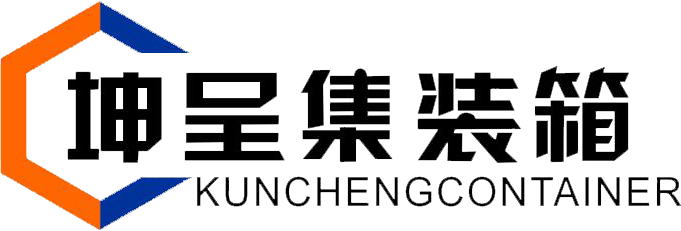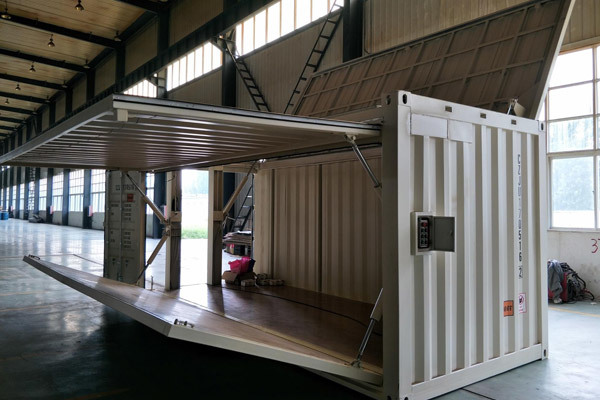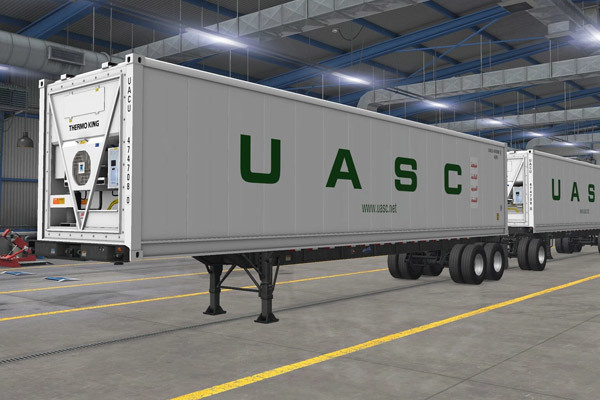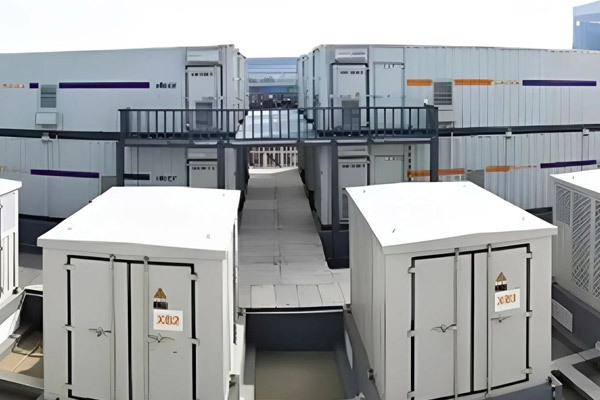What is the process flow of container manufacturing?
2024-05-22
There are five main components of a standard container, which are: front end, rear end, chassis, top plate, and side plate.The container manufacturing process is divided into four primary processes, namely: stamping, welding, painting, and completion.
1.Stamping: It includes four parts: uncoiling, sanding, cutting and forming.
(1) Uncoiling is to use an uncoiler to open the steel coil into a flat plate.
(2) Sanding: Sanding is the use of fine steel grit with a certain speed to impact the outer surface of the steel, remove rust stains on the outer surface of the steel and leave bumps and pits on the outer surface of the steel (increase the adhesion of the paint).
(3) Cutting.
(4) Forming: through bending, pressing, rolling, punching, trimming and other processes, the parts are formed.
2.Welding: The parts and corner parts, door hinges and other supporting parts processed in the stamping section are welded in the welding section to form components and assemblies.From the perspective of tire position, the welding section can be divided into: front end, rear end, side plate, top plate, chassis, and assembly.
3.Painting: Two layers of paint are required on the inside of the container, and three layers are required on the outside, and each layer of paint has strict film thickness rules, which can ensure that the container paint does not fall for 3-5 years.Therefore, the preparation of the painting itself is also very important, so before the whole container of painting, there is a sand tire position specially prepared for the painting, and then the whole container of painting is carried out.
4.Completion: The completed section is a section with dense tire positions and tight processes.This section can be roughly divided into eight tire positions:
(1) Laying the floor: After the container that comes out of the drying room has cooled slightly, first put the center beam of the floor, and then apply sealant to all areas that touch the wooden floor, and finally lay the floor.
(2) Floor nailing: Self-tapping screws are used for wooden floors. You need to drill holes in the floor and chassis before tightening.
(3) Install nameplates and ventilators.
(4) Installing door rubber strips: insert sealing rubber strips on the frame of the door panel to prevent the container from leaking.
(5) Cleaning: Eradicate the remaining sawdust and iron shavings on the floor.
(6) Install the lock lever: install the lock lever assembly on the door panel.
(7) Stickers: paste the customer's trademark and container number.
(8) Water test: conduct water test and light test tests to check the sealing of the container.
Key words:
Prefabricated cabin
Kuncheng Container
RELATED INFORMATION
What is the process flow of container manufacturing?
2024-05-22
Reasons for the recognition of special container houses
2024-05-22
Ways to improve the use time of equipment containers
2024-05-22








